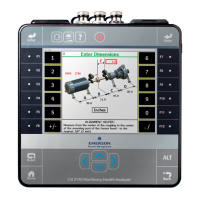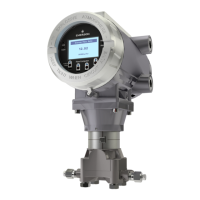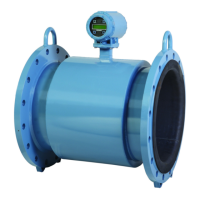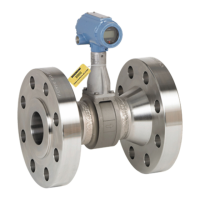Key concepts for balancing machines
• Imbalance causes vibration to occur at the rotational frequency (1xRPM) of the
imbalanced rotor.
• The vibration is directly proportional to the amount of imbalance. Doubling the
amount of the imbalance doubles the amount or magnitude of the vibration.
• A shift in the heavy spot results in an equal shift in the phase angle.
• All weights in a single plane sum vectorially to equal a single heavy spot.
• The amount of imbalance is measured in weight and distance from the center of the
rotor (radius). The units include oz., in., gm-in., or gm-cm. Increasing the weight or
the radius increases the amount of the imbalance in direct proportion.
• Rotors operating below their first critical are called rigid rotors and can be balanced
in any two planes. Rotors operating above their first critical are called flexible rotors
and may require balance weights in more than two planes.
Problems that appear at rotational frequency (1xRPM)
Imbalance always causes vibration at 1xRPM, but other problems can cause 1xRPM
vibration, including:
• Misalignment
• Bent or bowed shaft
• Cracked shaft
• Eccentricity
• Case strain
• Open rotor bars in motors
• Partial rubs
• Obstructions in one vane of a pump or fan.
Problems that allow an unusually high system response as a result of 1xRPM faults include
resonance/critical speed and looseness or low support stiffness.
10.16.2 Tips for balance jobs
A repeatable balancing procedure can increase the reliability of your data, reduce the
required runs, and improve the precision of the balance job. Ensure all variations in phase
and magnitude are due to changes from weights, not due to poor technique.
Visually inspect the equipment
Before you attempt to balance the equipment, check for leaks, cracks, hot bearings,
unusual noises or vibration patterns, base/mounting condition, or foreign materials on the
rotor. Use the Notes feature to attach observations to the equipment data.
You may have multiple problems if, for example, there is high 1xRPM due to imbalance
and prominent harmonics of 1xRPM due to structural looseness. The degradation of the
structure may cause the resonant frequency to move closer to the operating frequency.
Balancing this equipment without addressing the structural and resonance concerns can
Balance
356 MHM-97432 Rev 7
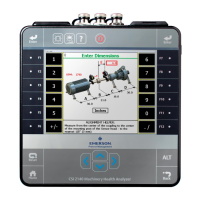
